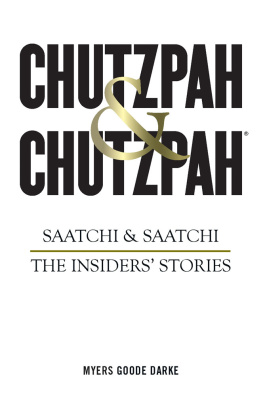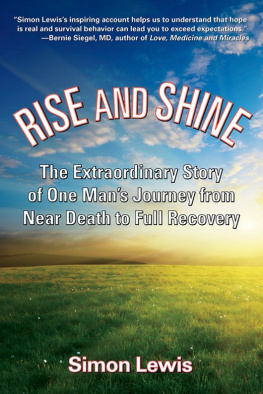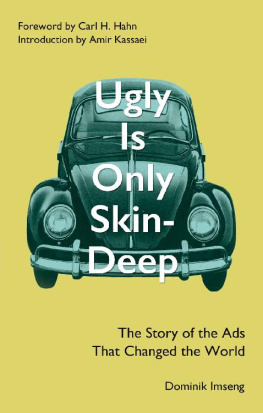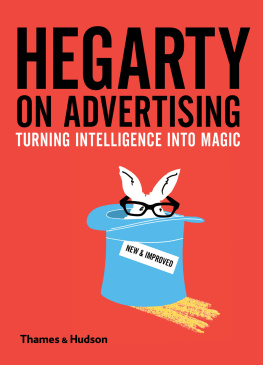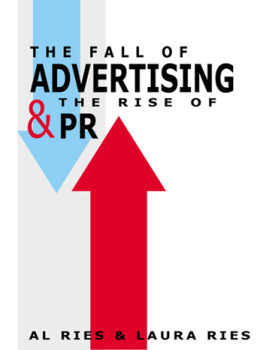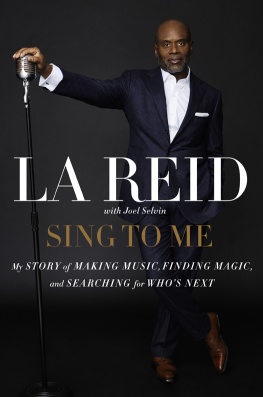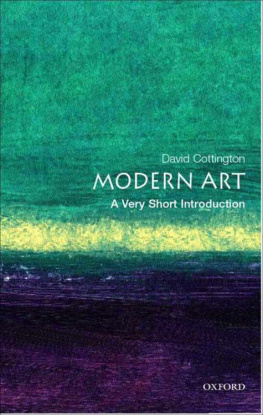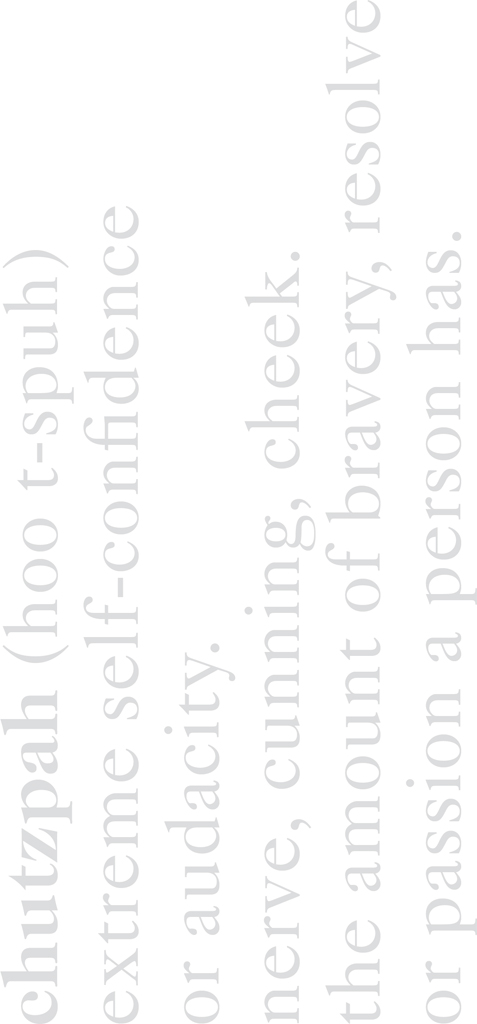

First published in Great Britain in 2017
by Michael OMara Books Limited
9 Lion Yard
Tremadoc Road
London SW4 7NQ
Copyright Richard Myers, Simon Goode and Nick Darke 2017
Every reasonable effort has been made to acknowledge all copyright holders. Any errors or omissions that may have occurred are inadvertent, and anyone with any copyright queries is invited to write to the publisher, so that a full acknowledgement may be included in subsequent editions of this work.
All rights reserved. You may not copy, store, distribute, transmit, reproduce or otherwise make available this publication (or any part of it) in any form, or by any means (electronic, digital, optical, mechanical, photocopying, recording of otherwise), without the prior written permission of the publisher. Any person who does any unauthorized act in relation to this publication may be liable to criminal prosecution and civil claims for damages.
Excerpt of Come to the Edge Christopher Logue
A CIP catalogue record for this book is available from the British Library.
ISBN: 978-1-78243-658-4 in paperback print format
ISBN: 978-1-78243-671-3 in ebook format
www.mombooks.com
For Charles and Maurice Saatchi, whose unique talents and chutzpah inspired the three of us and everyone else at Saatchi & Saatchi to reject mediocrity, to have no fear of being first, to believe that whatever has gone before counts for nothing, and that the unthinkable can be achieved.
AUTHORS NOTE
We want to thank all contributors to this book. In the few cases where anonymity was requested we have complied.
Given that advertising is a creative business, its hardly surprising that, over time (and possibly over several drinks), stories may well have evolved and been embellished imaginatively. In short, wed be foolish to claim that everything in this book is 100 percent true, and we apologize for any inaccuracies. Our intention was never to harm the reputations of former colleagues or to insult the memory of those who, sadly, are no longer with us.
We want to thank creators and brand owners for allowing their work to be included. Any error or omission in identifying sources is unintentional and every effort has been made to secure clearance and permission.
CONTENTS
IT WAS DECEMBER 1994 . Maurice Saatchi had been ousted after a shareholder protest at Saatchi & Saatchi. His brother Charles would soon follow him out of the company theyd founded. At the offices of Campaign magazine you couldnt move for TV camera crews and microphone-wielding reporters. Unable to find anybody close enough to the action to give them a steer on what had happened least of all the elusive brothers the journalists were doing what they invariably do in such situations. They interview each other.
With good connections to both sides of the biggest bust-up in advertising history, Campaign was the go-to place for anybody trying to make some sense of it all and speculate on what the outcome might be. As a result Dominic Mills, the editor, and I, as associate editor, found ourselves taking it in turns to give our respective takes.
However, I had a question of my own for a camera crew that had turned up from one particularly far-flung European outpost. What possible interest could this spat be to their viewers? Ah, they replied. This wasnt just any old spat. This was a Saatchi spat. And everybody had heard of the Saatchis.
True, of course. But why? How had Maurice and Charles accumulated so much charisma and chutzpah that the publics fascination with them extended well beyond the UK? It wasnt that they loved the limelight. Indeed, they made every attempt to avoid it. Small wonder that you admired their audacity as much as you cursed their cussedness.
This, however, seemed only to make them even more intriguing. I met Charles just once. It was in 1998 at an M&C Saatchi Christmas drinks party for Campaign. He was nothing like I expected. On the contrary, he seemed so consumed by shyness that his eyes were fixed on his shoes. I dont remember much about our brief conversation. Only being surprised and flattered to hear from a man said to be so demanding of his staff that he often read what I wrote and enjoyed it.
Maurice, in contrast, was the most seductive charmer Ive met. His interviews rare and invariably off the record were always conducted sotto voce. By leaning close to hear what he was saying, you felt he was sharing information with you that hed never divulged to anybody else. At the end, hed walk you to the agencys front door and shake hands. You wondered how any new business prospect could possibly resist.
Inevitably, the brothers legacy is a mixed one. Their group was an astonishing breeding ground for talent. How many agencies can boast of providing four members of the Upper House Maurice himself along with Tim Bell, John Sharkey and Michael Dobbs? Five if you count a one-time Saatchi trainee called Karren Brady. And what other agency could claim to have so influenced Britains social and political course with Labour Isnt Working, the poster that helped propel Margaret Thatcher to power in 1979?
Yet in trying to change the ad industry so quickly and comprehensively, hubris sometimes ran ahead of common sense. Theres little doubt that the mind-boggling $450 million the Saatchi group paid for advertising firm Ted Bates in 1986 caused clients to question whether they should be coughing up 15 percent commission when big agencies seemed awash with cash. Nevertheless, perhaps history will take a more charitable view of times when it seemed the brothers had taken leave of their senses. While the 1987 proposal to acquire the Midland Bank might have seemed insane, you could argue that, in the light of subsequent events, it could have forced the banking industry to become more customer-centric and less reckless.
Whats certain is that the brothers were never scared of trying something to see what would happen. In doing so they helped ensure British advertising could do anything the Americans could do and often do it better. No wonder that they still attract controversy and fascination in equal measure.
John Tylee is a former associate editor of Campaign and continues to write regularly for the magazine.
THE IDEA FOR THIS BOOK was conceived on a long drive through France by Simon Goode and a fellow ex-Saatchi colleague. With nearly sixty years at Saatchi & Saatchi between them, they started recalling stories of their days at the agency as they left Calais in the north-east and didnt stop until they reached Cognac in the south-west. And then carried on throughout the return journey. Simon realized he wasnt alone in having interesting stories to tell about his days at the agency, and that he wasnt the only Saatchi & Saatchi person with a unique insight into this fascinating company.
It also occurred to Simon that although the astonishing rise of Saatchi & Saatchi, from small London agency founded in 1970 by Charles and his younger brother Maurice Saatchi, to global advertising giant less than two decades later had been well documented, they could tell a very different story. It would be the first book about Saatchis made up of stories told by people who had been there at the time, who knew first-hand what it was really like working with the Saatchi brothers and witnessing the fairly spectacular evolution of a very special corporate entity.
Next page
